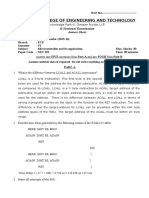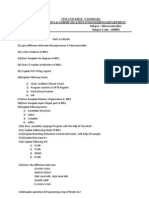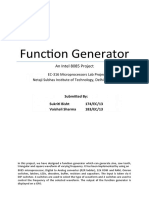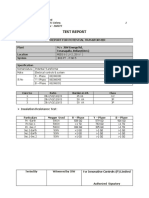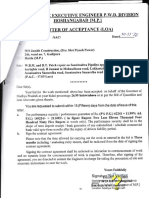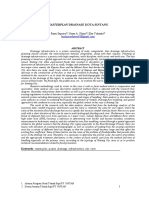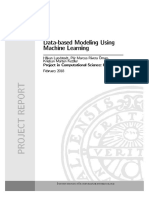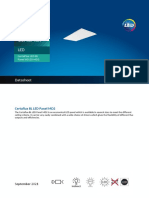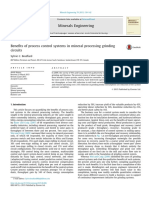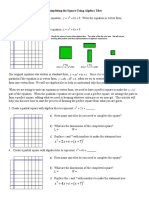0% found this document useful (0 votes)
26 views11 pagesEmbedded C Programming 5
The document outlines two assignments for the Embedded-C programming lab at VIT, focusing on generating square waves using the 8051 microcontroller. The first assignment involves creating a 1 kHz square wave on pin P1.1 using Timer 0, while the second assignment generates a 100 Hz square wave that can double to 200 Hz upon activation of an external interrupt. Both assignments demonstrate the effective use of timers and interrupts in embedded systems for precise waveform generation.
Uploaded by
sudarshanravindran007Copyright
© © All Rights Reserved
We take content rights seriously. If you suspect this is your content, claim it here.
Available Formats
Download as PDF, TXT or read online on Scribd
0% found this document useful (0 votes)
26 views11 pagesEmbedded C Programming 5
The document outlines two assignments for the Embedded-C programming lab at VIT, focusing on generating square waves using the 8051 microcontroller. The first assignment involves creating a 1 kHz square wave on pin P1.1 using Timer 0, while the second assignment generates a 100 Hz square wave that can double to 200 Hz upon activation of an external interrupt. Both assignments demonstrate the effective use of timers and interrupts in embedded systems for precise waveform generation.
Uploaded by
sudarshanravindran007Copyright
© © All Rights Reserved
We take content rights seriously. If you suspect this is your content, claim it here.
Available Formats
Download as PDF, TXT or read online on Scribd
/ 11




















